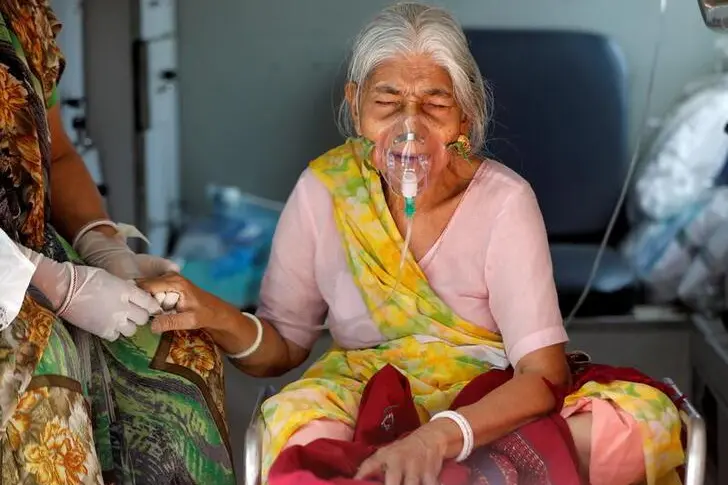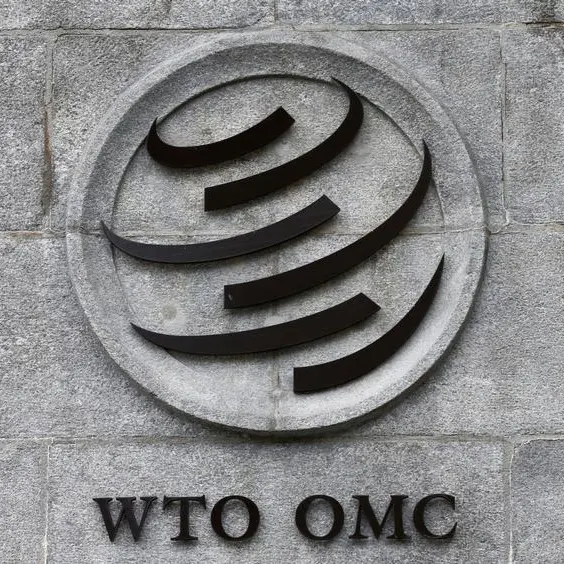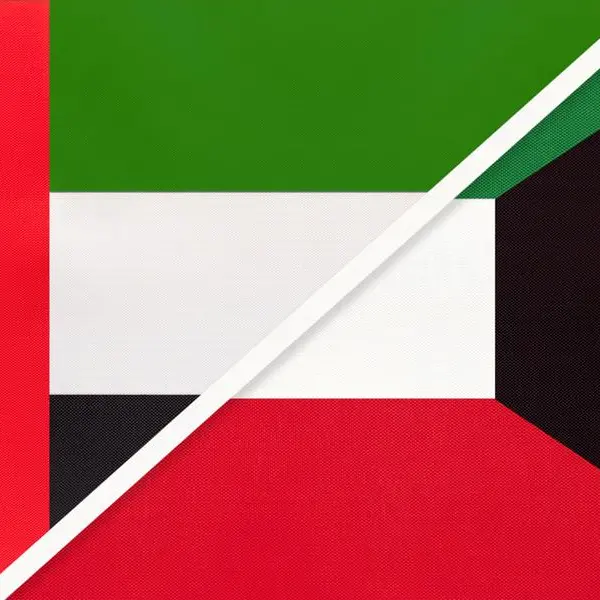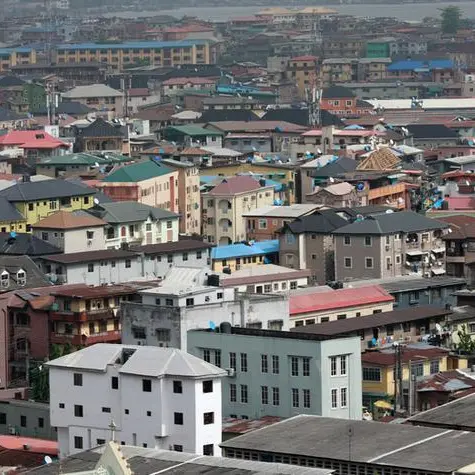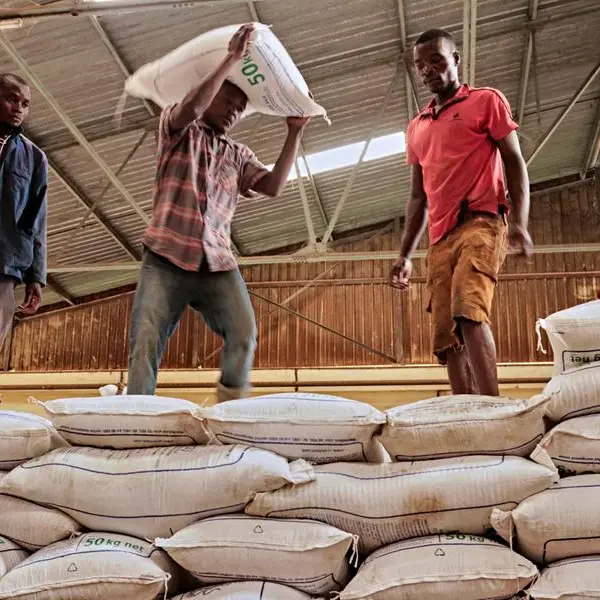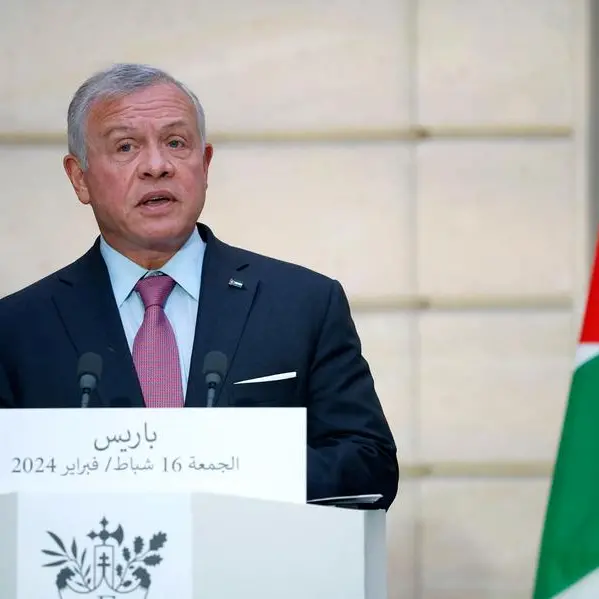PHOTO
Day and night, the ambulance sirens sound on Indian streets thousands of kilometers apart. Over the last month, the coronavirus pandemic has turned into a tidal wave. Hospitals overrun by floods of patients, people dying for want of an oxygen cylinder, social media a ticker tape of SOS calls, crematorium fires burning 24 hours a day, abandoned corpses washing up on the banks of the Ganga — the scenes are horrifying and have captured the attention of the entire world.
It is the worst public health crisis in the history of independent India. No one who has lived through it will ever forget it — or entirely recover from it.
And every Indian is asking: How did we get here? For, although a pandemic is a biological entity and to some extent inescapable, the way it spreads has a very significant social component. So significant that sometimes economic well-being is sacrificed in order to contain it. In fact, that was precisely the message conveyed by India’s Prime Minister Narendra Modi in March last year, when, with just a few hours’ notice, he enforced the world’s strictest pandemic lockdown.
This March, though, as cases began to rise again, Modi and his government (including state governments run by his party, the Bharatiya Janata Party) showed a laissez-faire attitude as blithe as last year’s shutdown was draconian. There were three major reasons for this.
The first was complacency brought about by a combination of low case numbers through the winter, the inauguration of a large-scale vaccination drive, and a growing sense that Indians had somehow “beaten” the virus.
Secondly, a government ideologically committed to Hindu nationalism and the strategic use of religion to generate political majorities found it unable to muster the strength to cancel mass religious events, such as the Kumbh Mela of Haridwar in north India. Millions congregated there in April to take a holy dip in the river Ganga in defiance of all social distancing guidelines, thereafter to return home to far-flung parts of the country.
Lastly, Modi, who has never let his thumping majority in parliament deter him from trying to add a state government to his kitty, was distracted and even disoriented by the prospect of a big new electoral prize. This was the election in West Bengal — with about 100 million people, India’s fourth most populous state, and one where his party had never before come to power.
When the history of this tragic season is written, perhaps the most provoking scene that future generations of Indians will contemplate is the country’s prime minister at a giant election rally on April 17, boasting — in contravention of every principle of dignity, decorum or good sense expected of the most powerful man in the history of independent India — that he had never seen such a vast audience at one of his rallies.
The next day, Indian newspapers reported 1,600 deaths attributed to the coronavirus disease (COVID-19) around the country. That number has since risen to in excess of 4,000 a day — if official figures are to be believed. But all right-thinking (although perhaps not right-leaning) Indians know that they are not. Those numbers, terrible and record-breaking though they are, are a desperate attempt to save face by a government obsessed with “controlling the narrative” and that, over the last seven years, has become habituated to equating all criticism with conspiracy.
Last week, Ashish K. Jha, dean of the Brown University School of Public Health and a careful observer of India’s pandemic response, suggested that daily deaths from COVID-19 in India are presently in the region of 25,000 a day. To put that in perspective, it is close to the number of Indians who normally die every day from natural causes, meaning that the death rate has effectively doubled in India over the last month. Little wonder there is no room for the dead in crematoriums.
State policy has also not been responsive to the need to urgently ramp up the pace of vaccination, except again in a self-regarding kind of way. Effective May 1, the Modi government has made vaccination open to all Indians aged 18 to 45 (hitherto, only those above 45 were eligible). That would be wonderful, except that it has also changed the way vaccines are procured; now placing the onus on states to compete in the open market to buy vaccines (at a much higher price than that paid by the central government) to service the citizens newly eligible for a dose.
This means that, although India has the largest vaccine production capacity in the world and the good luck to have two indigenously developed vaccines, its vaccine policy has overnight become fragmented, expensive, incoherent and utterly impractical. The only way of booking a vaccination slot today is on a government-generated smartphone app, CoWIN. After an initial period of vaccine hesitancy in the winter, there is suddenly a huge rush to avail of a scarce resource. The poor are once again at the wrong end of a digital divide.
So it is a perfect storm. But if doom and desperation have not yet prevailed, it is because of the resilience and selflessness of millions of ordinary Indians: Doctors and nurses toiling heroically in suffocating PPE kits; front-line workers and crematorium staff; nongovernmental organizations (long demonized by the Modi government as creators of discord); Twitter Samaritans generating networks for those without connections; and young volunteers cooking meals for the families of patients in hospital or fundraising to support those who have lost their livelihoods because of the crisis.
India may be on the rack, abandoned by a callous and narcissistic regime more interested in image than reality. But, over the past month, civil society has shown itself worthy of the land that has produced Mahatma Gandhi and Gautama Buddha, Kabir and Guru Nanak, Mirabai and Mother Teresa.
As the nightmare continues, these bonds of compassion and spontaneous connection are our last line of defense against COVID-19.
Chandrahas Choudhury is a novelist and writer based in New Delhi. His work also appears in The Wall Street Journal and The Washington Post.
Disclaimer: Views expressed by writers in this section are their own and do not necessarily reflect Arab News' point-of-view
Copyright: Arab News © 2021 All rights reserved. Provided by SyndiGate Media Inc. (Syndigate.info).
